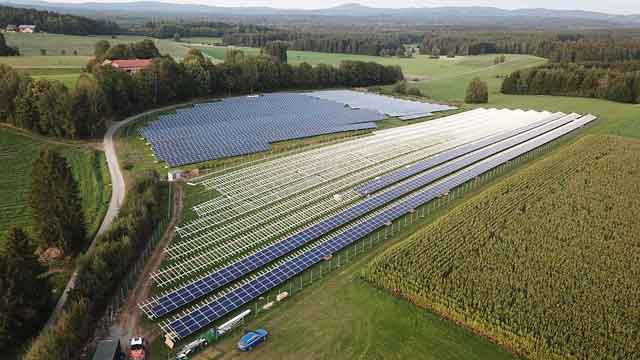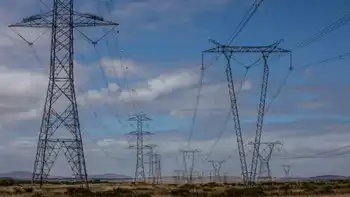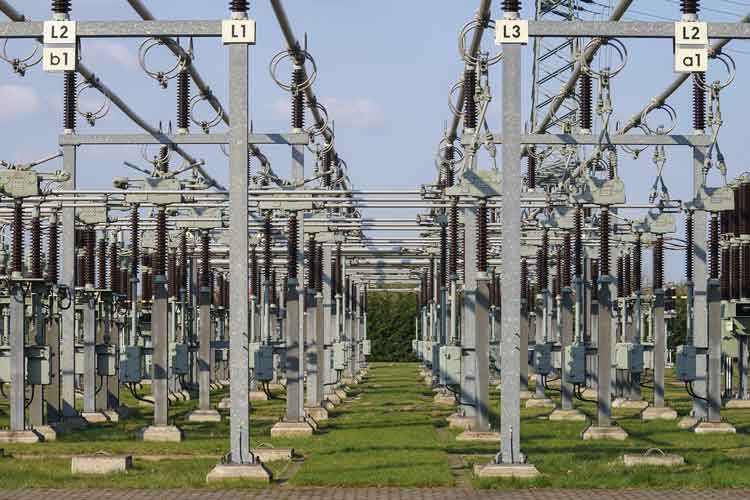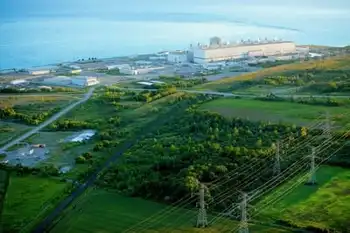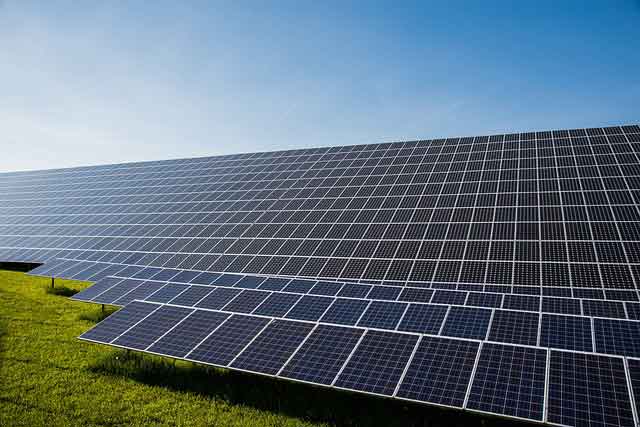Smaller-scale reactors look at world markets
By Industrial Info Resources
Substation Relay Protection Training
Our customized live online or in‑person group training can be delivered to your staff at your location.
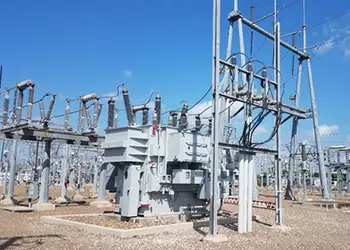
- Live Online
- 12 hours Instructor-led
- Group Training Available
The eventual success of both the South African pebble bed modular reactor (PBMR) and the U.S.-developed Hyperion power module (HPM) are, to some extent, linked to the prospects of the global adoption of nuclear power generation as a safe and clean option to meet additional power demand both in developed and developing countries.
Toward the end of August, the Pebble Bed Modular Reactor Limited signed an engineering, procurement and construction management contract to MRSL, a joint venture company comprising Murray & Roberts and SNC-Lavalin Nuclear, to build the demonstration reactor project in Koeberg near Cape Town. Koeberg is also the site of South Africa's only operational 1,800-megawatt (MW) nuclear power plant.
The PBMR demonstration power plant will output about 165 MW of electrical power, which will be fed into the national grid. The reactor is a high-temperature, gas-cooled unit with a closed-cycle, gas turbine power-conversion system. These types of reactors can also produce process heat to generate bulk hydrogen and other end-user applications.
Construction on the plant is scheduled to start in 2010, with project completion set for 2014. The PBMR project also covers the development of a pebble fuel plant at the existing nuclear fuel and isotope facility in Pelindaba near Johannesburg.
PBMR is fuelled by low-enriched uranium triple-coated isotropic particles contained in a molded graphite sphere, or "pebble." The system is helium-cooled. Heat is transferred by helium to a power conversion system, and power is generated through a turbine. The pressure vessel is 27 meters high and 6.2 meters in diameter.
MRSL completed Phase I of the project in June. Looking forward, the current plan is to build 30 of the reactors with integrated safety design specifications in South Africa and then extend into world markets. Founding investors of PBMR are Westinghouse, Eskom Holdings and the Industrial Development Corporation of South Africa.
One of the main targets for Hyperion Power Generation is the provision of clean, reliable energy to remote locations. The HPM concept originated at the Los Alamos National Laboratory in New Mexico and was licensed to Hyperion for commercialization under the laboratory's technology-transfer program. Stressing inherent safety and proliferation design features, the HPM uses low-enriched uranium fuel with a unique technology. The units, capable of producing 70 MW of thermal/heat energy or 27 MW of electrical power through steam turbines, will be produced and sealed at manufacturing sites.
The HPM was originally created to provide affordable, emission-free heat, steam and electricity for the recovery and processing of heavy oil sands and shale fields. The units will operate independently of power grids and can clean water and infrastructure programs for remote communities and projects.
Initially backed with investment from the Altira Group, Hyperion received a letter of intent in August from the TES investment group to buy up to six HPM units for projects in Europe and the Middle East. If initial projects with the $25 million units are successful, the TES Group could purchase 50 more HPMs. After current preliminary discussions with the Nuclear Regulatory Commission (NRC), a U.S. design certification could be available in the next few years, and production would then begin in New Mexico. Hyperion aims at an eventual production target of 4,000 units.
Based on proven science and engineering, the reactor unit is 1.5 meters across and two meters high and is sealed and can be returned to the factory after five or more years of operation. Units can be transported by train or truck. Using no mechanical parts, the units are powered by uranium hydride and are self-regulating hydrogen-moderated and potassium-cooled.
One of Hyperion's "fast fact" points on the HPM is "Think: Large Battery." This concept of stable, long-running independent power units meets some of the inhibiting factors currently experienced by other clean and renewable power sources in which the scale of power produced and the transfer of steady distribution of output to the user grid is a limiting factor and awaits the arrival of cost-efficient, large-scale electrical power storage systems.





